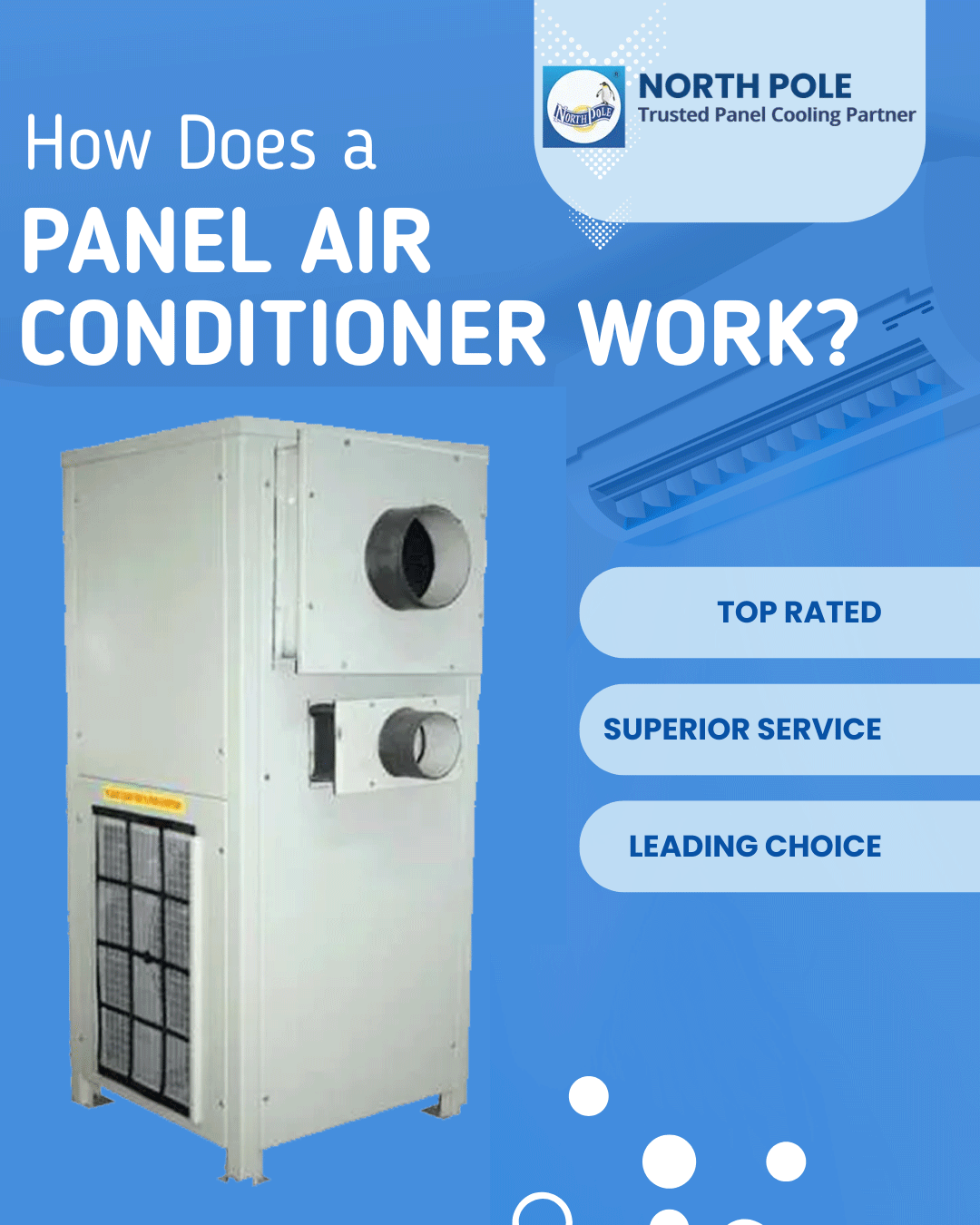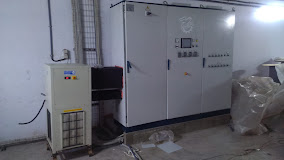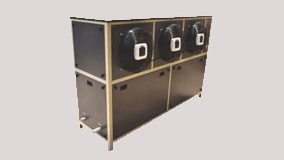
If you are in the industrial or commercial sector, keeping sensitive equipment like electrical panels at optimal temperatures isn’t just a question of comfort—it’s essential for safety, reliability, and performance. Panel air conditioners play a vital role in protecting these systems from overheating and maintaining a controlled environment, even under the harshest conditions. In this comprehensive guide, you’ll discover how panel air conditioners work, their components, installation tips, maintenance best practices, and why they are indispensable for modern operations.
A panel air conditioner is a specialized cooling device designed specifically for cooling electrical panels, control cabinets, server enclosures, and similar industrial equipment. Unlike traditional air conditioners meant for human comfort, these units focus on protecting temperature-sensitive electronics or machinery from excess heat, humidity, and airborne contaminants.
Panel air conditioners come in different designs, including wall-mounted and modular units, and provide critical protection in environments that are dusty, humid, or exposed to extreme temperatures.
Panel air conditioners operate using the vapor-compression refrigeration cycle. The core concept involves transferring unwanted heat from inside the electrical panel to the outside environment through a closed-loop system.
1. Temperature Monitoring
2. Closed-Loop Cooling
3.Heat Exchange Cycle
5. Moisture Extraction
4. Refrigerant Cycle
| Component | Function |
| Compressor | Pressurizes the refrigerant, creating the energy needed for heat exchange |
| Condenser Coil | Releases heat from the hot refrigerant to the outside environment |
| Expansion Valve | Drops refrigerant pressure, allowing it to cool quickly before evaporation |
| Evaporator Coil | Absorbs heat from inside the enclosure; cools the internal air |
| Exhaust Fan | Circulates air through the evaporator coil. |
| Filter | Removes airborne dust and particles from incoming air |
| Drain Tube | Removes condensed water to avoid humidity inside the panel |
| Temperature Sensor | Monitors internal cabinet temperatures, triggers cooling as needed |
1. Location Selection
2. Cutout Preparation
3. Mounting
4. Electrical Connection
5. Drainage Setup
6. Filter Installation
Panel air conditioners are indispensable for any setting where electrical or sensitive equipment is at risk from overheating or environmental contamination. By employing a sealed, closed-loop system and powerful cooling cycles, these units ensure maximum uptime, extended equipment life, energy efficiency, and regulatory compliance. Whether you’re upgrading an old system or installing new panels, understanding how these air conditioners work will help you make informed decisions for your business.
For specific requirements, always consult with a panel air conditioner specialist to choose the right capacity, configuration, and installation practices for your environment.
Industrial Air Conditioners: Powerful Cooling for Large Spaces
By Admin 24 Sep 2025How Does a Panel Air Conditioner Work? Everything You Need to Know
By Admin 22 Aug 2025

 51 Google reviews
51 Google reviews
Our setup is situated in Ahmedabad, Gujarat, India and majorly we serve our customers from Rajasthan, Maharashtra, Silvassa, Bhilwara, Pali, Vapi, Surat, Ankleshwar, Gandhidham, Ludhiana, Ichalkaranji and even in different places across India.